Are you starting new in content marketing and want to learn how to do it effectively? You have come to the right place, as this is the content marketing guide you need.
Content marketing has become famous for its ability to create brand awareness, increase organic traffic, and generate leads and sales.
The internet, however, is filled with resources claiming to up your content marketing game, but I bet you wouldn’t want to start with those pseudo-content marketers.
At OptinMonster, we take pride in mastering the art of content marketing. We have combined all our years of experience, pain points, and learnings from industry thought leaders to create this content marketing guide for you.
So, without further ado, let’s begin our beginner’s guide to content marketing.
Beginner’s Guide to Content Marketing
- What Is Content Marketing?
- Content Marketing Statistics – Does It Really Work?
- How To Create a Content Marketing Strategy
- Content Promotion Techniques
- Content Marketing Tactics
- The Best Types of Content to Wow Your Audience
- How to Measure Content Marketing ROI
- Content Marketing Tools
- Visual Content Creation Tools
- Content Promotion Tools
- Content Marketing Examples
- Content Marketing Mistakes
- FAQs About Content Marketing
Let’s start with a content marketing definition, so we’re all clear about what we’re talking about.
What Is Content Marketing?
Content marketing is a strategic digital marketing approach focused on consistently creating and distributing relevant and valuable content to attract and retain a clearly defined audience—and, ultimately, to drive profitable customer action.
The key idea behind content marketing is to provide information or entertainment that is high-quality content to your target audience rather than directly promoting a brand, product, or service. This approach aims to build trust and credibility with the audience, increasing brand awareness, customer engagement, and sales.
Next, let’s look at some content marketing statistics that show why this marketing method is so popular.
Content Marketing Statistics – Does It Really Work?
Why do so many people use content when trying to build an audience? One major reason is that content reaches people where they are: online.
Around the world, the digital population is about 5.35 billion people, according to Statista. That means more than half of the world is connected, which is a pretty big market.
And in the US, 26% of adults are almost always online.
The best way to reach people who are always online is with content that comes straight to the mobile devices and social networks they are using. After all, that’s where they’re looking for information.
That’s why content is such a popular marketing tool. The latest stats from the Content Marketing Institute (CMI) show that 91% of B2B marketers and 86% of B2C marketers consider content marketing a core strategy.
And content marketing works. According to the CMI, 72% of marketers say content marketing increases engagement and is a great lead generation tool. And nobody wants to miss out on getting more leads, right?
Ready to get your share? Let’s start with defining your content marketing strategy.
Related Content Content Marketing Statistics: Everything You Need To Know
How To Create a Content Marketing Strategy
Creating content without a plan is like driving without GPS: you may get there in the end, but you’ll definitely take a few wrong turns on the way. In fact, you could end up wandering around aimlessly, getting frustrated, and wasting time and money.
The stats show that content strategy is one of the areas marketers struggle with most:
- 63% of businesses haven’t got a documented content strategy
- 64% of marketers need help on building a better content strategy
- 60% of marketers find it difficult to produce content consistently
So here are some tips on creating the perfect content strategy.
1. Set Out Your Mission, Goals, And KPIs
One of the first steps is to work out your content marketing mission. It’s a brief statement of who your audience is, how you’ll reach them, and what they’ll gain from your content. A good example is this content marketing mission statement from CIO.com:
Here’s a formula you can use to create your own content marketing mission:
We provide [target audience] with [type of content] to help them [business goals].
Business goals are an important part of the process. They set out what your business will gain from content marketing. Typical content marketing goals include improving sales, getting more leads, and increasing traffic. Learn more about content marketing goals here.
This formula can also work for B2C marketing because your target audience always has goals. For example, a B2C health brand could create informational articles (that’s the type of content) for women over 50 (target audience) to help them survive menopause (goal).
And, of course, you need to say how you’ll measure success. These are your key performance indicators (KPIs). These can include revenue targets, numbers of subscribers, increased visitor numbers, and more.
2. Know Your Audience
An essential step in any content strategy is knowing who you’re marketing to. This will help you target your content appropriately. This is important because marketing works best when it’s relevant. If you create content for everyone, you’re not creating it for anyone.
A starting point is getting demographic data via Google Analytics, as well as analytics from social media and email. This will tell you the age, gender, education, and income of your target audience.
You can also collect feedback from customers to help you understand their priorities, decide where to reach them and flesh out buyer personas. Buyer personas will bring these two sets of information together so you know what content to create, how it will help your audience, and what will make them care about it.
To easily collect customer feedback on your site, you can create a survey with WPForms.
WPForms is the best drag and drop form builder for WordPress and it comes with pre-made templates to get you started quickly.
Plus, WPForms will automatically display the data you collect in beautiful, interactive survey reports so you can visually see the results.
Learn more about understanding your audience for content marketing here.
3. Plan Your Process
It’s essential to plan a process for content creation. In particular, you should know:
- Who’s in charge of creating content?
- Who’s in charge of maintaining and updating content?
- What resources do you need for content creation?
- What is your publishing schedule?
- Who has the final content approval?
- What is your content production workflow?
Learn more about content marketing resource allocation here. Also, see our FAQs for guidance on integrating your content into a content calendar.
4. Start a Blog
Your blog is at the centerpiece of any content marketing strategy. It provides a hub for all your other content marketing efforts. In fact, it’s an essential marketing tool. So, if you don’t already have a blog, start one.
To get the most from blogging, you’ll need some blog post ideas. Some ideas that work well include:
- How-to guides
- Tutorials
- Industry news and insights
- Checklists
- Case studies, which we’ll look at in more detail later
- Interviews
- Expert advice
Get some more blog post ideas in 73 types of blog posts that are proven to work.
Want to dig down into the nitty-gritty of blog post idea generation? Then consider posts that are:
- Useful
- Educational
- Fun
- Controversial
You can also publish roundups, personal stories, and lifestyle posts. Get more inspiration from our huge list of blog post ideas.
5. Audit Your Existing Content
If you’ve got content already, it’s important to work out if it’s meeting your goals and delivering on those KPIs. That’s why it makes sense to audit your content. That’s a three-step process:
- Log what you have
- Assess whether it’s working
- Find content gaps
A good tool for logging your content is Screaming Frog. It’s a search engine optimization (SEO) tool but is also a great way to quickly grab all the URLs from your site. You can also easily find duplicate pages and identify missing titles and descriptions. Learn more about using Screaming Frog in our SEO guide.
Another useful tool is SEMRush. It includes a content audit tool that assesses the content length, inbound links, and social shares.
Once you have the data from both of these tools, it’s easy to see what’s working, what needs to be improved, and what needs to be replaced. You can also quickly identify content gaps, places where creating a new piece of content could help achieve your goals.
Learn more about auditing your content in our content strategy guide.
6. Do Keyword Research and Create Content
One crucial part of creating content is doing keyword research. That’s because you want people to find your content online so they visit your site. Keywords are the terms people use to search for content. And they’re also the terms Google uses to identify what your content is about.
There are three basic types of keywords to include in your content:
- Short keywords that identify a broad concept or group of items, like “socks”
- Medium keywords, which can be 2 or 3 words that narrow down a concept, like “women’s socks”
- Long-tail keywords, which are longer, more specific phrases, like “women’s cotton hiking socks”
Keywords in content also have to help searchers and Google match your content to what they’re looking for. This is called search intent, and there are four types:
- Navigational, where people search for a specific site
- Informational, where they’re trying to get the answer to a question
- Investigational, where they are narrowing down pre-purchase options
- Transactional, where searchers are ready to buy
Researching keywords for content marketing involves:
- Brainstorming good ideas
- Checking Google Analytics and Google Search Console to see what keywords already bring searchers to your site
- Using keyword research tools to find the right keywords to include in your content. One of our favorite tools is SEMrush, which we mentioned earlier. You can find more keyword research tools here.
Once you’ve found the keywords you need, you’ll need to include them in your content. Some key places to use keywords are:
- The title of your page and your content
- The SEO title of your content or page, which may be different
- The meta description for your content
- Throughout the body of the content
- In links to that piece of content and social updates about that content
You can use a plugin like All in One SEO to easily add keywords to these areas.
How Long Should Your Content Be?
It’s worth knowing that content is one of the top SEO ranking factors, so it’s essential to get it right. Although Google doesn’t cite content length as an SEO ranking factor, the research shows that longer, more in-depth content gets more top ten search positions.
It also gets more backlinks and shares, adding social signals to boost rankings even further.
When you write longer content, the same rules apply. Optimize by sprinkling keyword phrases in where appropriate. But be sure to avoid the black hat SEO practice of keyword stuffing.
7. Decide on Your Lead Magnet
Content is an ideal lead-generation tool. One way to get more leads with content is to create a lead magnet. An ideal lead magnet:
- Solves a real problem for your customers
- Gives a solution that’s quick and easy to implement
- Is valuable, but easy to digest
- Shows your expertise
Some of the best lead magnets include ebooks, case studies, and webinars. We’ll look at those later in the guide. Other effective lead magnets include:
- Checklists and lists of resources
- Reports
- Free trials
- Quizzes
- Mini-courses
Here are some more lead magnet ideas.
For best results, deliver your lead magnet immediately. You can easily do that with OptinMonster’s success themes.
Learn more about content marketing for lead generation here.
8. Promote Your Content
Another important aspect of content strategy is promoting the content you create to meet your marketing goals. There are several ways to do this. They include:
- Social media marketing
- Email marketing
- Link building
We’ll look at each of these in more detail in the next section.
Content Promotion Techniques
Here are some of the ways you can promote the content you create.
Social Media Marketing
As we said earlier, social networks can help improve content visibility. That’s why you can’t ignore it as a core element of content marketing. And if you happen to be targeting search traffic from Bing, it’s useful to know that social media is a ranking factor for that search engine.
Some of the techniques you use for great content creation can also make it more shareable. For example, it’s just as important to write a great headline and use an eye-catching image on social as on your blog.
And remember those keywords we talked about earlier? You can use them selectively as hashtags on social networks. They’ll help people find your content more easily.
Learn more in our guide to social media and SEO.
Here’s a tool we like for optimizing social media messages: CoSchedule’s Social Message Optimizer, mentioned in our guide to getting leads from Twitter.
Just type your message into the onscreen box, and you’ll get a score for each platform. That’ll let you tweak messages so you get the best results from each.
And you can use Missinglettr, which we discussed in our Facebook marketing guide, to automate posting content to your social profiles throughout the year.
Email Marketing
Email marketing is one of the most effective ways to market with content. Most people still read emails, so it’s a great way to keep in touch with subscribers and customers to build a relationship with them. Plus, email marketing is proven to earn around $40 for every dollar you spend.
That’s why it’s a content marketing must.
As we say in our article on email newsletter design, the best email marketing copy:
- Is short
- Is scannable
- Has a compelling headline
- Avoids being overly promotional
A good tip for getting started is to get inspiration from what already works. You can get a head start on reaching your audience with email content marketing ideas from Buzzsumo, Quora, and Reddit.
You can use OptinMonster to grow your email list by delivering a lead magnet, gating content, and making compelling offers. For example, Trading Strategy Guides used content locking to add 11,000 new subscribers.
We’ll look at some of these content marketing tactics later in this guide.
Link Building and Content Marketing
One great thing you can do with content is to build links. Links are an important SEO ranking factor. A good way to get started is to establish who is already linking to you by using a tool like the SEMrush site audit tool we mentioned earlier.
When creating content, it’s important to build internal links. These help search engines and visitors navigate your site and find more content. That’s good for SEO.
Make a habit of linking to your best resources within new content. It’s also a good idea to go back to existing content from time to time and add links to more recently published content.
To make internal linking easier, you can use All in One SEO’s Link Assistant. This feature will crawl all of your site’s pages and generate a report that recommends relevant pages you can link to and anchor text you can use.
You should also show your site is trustworthy by linking to authoritative external sources in your own content.
And it’s essential to get a good range of inbound links. Some ways to do that include:
- Getting reviews for your business, products, or services
- Asking people who have mentioned you to link to your site
- Using broken link-building
- Guest blogging, which we’ll talk about in more detail later in this guide
- Taking part in expert roundups and interviews
Learn more link-building techniques here.
Content Marketing Tactics
There are several content marketing tactics proven to help businesses market more effectively to their audience. In this section, we’re going to look at some of them, including:
- Guest blogging
- Gated content
- Content repurposing
- Content curation
- FOMO
- Urgency
- Geomarketing
1. Guest Blogging
Guest blogging is a key way to improve SEO and get more from content marketing. In fact, says the Content Marketing Institute, it’s a key part of the content marketing funnel.
Guest blogging can help you:
- Raise awareness of your brand
- Attract inbound links
- Build trust
- Get new visitors and subscribers
To make a success of guest blogging, you’ll need to:
- Identify the right sites to contribute to
- Pitch and write a great topic
- Use the bio effectively
- Respond to comments and shares
- Promote content and measure results
Learn more in our guest blogging guide.
2. Gated Content
Do you know what’s even better than putting your blog content out there for free? Hiding some of it away to entice visitors to subscribe.
That’s what gated content is all about, and it’s a content marketing tactic that’s proven to work.
Apart from blog posts, you can also gate:
- News articles
- White papers and research
- Webinar and video replays
- Checklists and cheat sheets
- Downloadable resources and tools
- Any lead magnet
Content gating can be a quick way to help you understand who your audience is and what matters to them. It can also help you build a relationship with them, and create more targeted marketing.
Of course, there are some disadvantages, too. For example, gated content can annoy visitors, and reduce the number of people you can connect to. But for many businesses with a large audience, the pros outweigh the cons.
To gate content effectively, you need:
- The content
- A landing page
- An effective call to action (CTA)
You can use OptinMonster to gate content quickly and effectively with our content locking feature. This doubled email signups for Whole Whale and got a 3806% increase in conversions for Photowebo.
Learn how to gate content with OptinMonster here.
3. Content Upgrades
You can create additional content related to a particular blog post and use it as a content upgrade to get people interested in subscribing.
Kindlepreneur used this technique to boost customer retention by 72%. To do the same, get OptinMonster, then check out our list of content upgrade ideas. And learn more about attracting blog subscribers here.
4. Content Repurposing
One technique many marketers use is content repurposing. That’s about taking existing content and reusing it in another format.
This can help solve the issue of creating new content (we’ll look at another way to do that in a minute). It can also help you extend the reach of your content, to let you generate more leads and make more sales.
Techniques you can use for content repurposing include:
- Content syndication, where your posts appear as related content on other people’s posts, using tools like Outbrain, Zemanta, and Taboola
- Republishing your posts on sites like Medium
- Sharing content on sites like Reddit
- Creating social media posts with content snippets
- Making something new, like a presentation, infographic, video, or podcast
- Updating an old piece of content
Here are some more ways to repurpose your blog content.
5. Content Curation Tools
Another way to solve your content marketing woes is to use content curation. With content curation, you can benefit from great content without having to create it. That saves you time, effort, and money.
With content curation tools, you can:
- Create and share personal content digests
- Keep up with the latest on various topics
- Automate social media content sharing
Best of all, some of the greatest content curation tools are free, including:
- Flipboard: lets you create your own digital magazine
- Listly: a list creation and sharing tool
- Pinterest: lets you curate content via pins and boards
Check out more content curation tools here.
6. FOMO
Using FOMO is one of the best ways to make visitors anxious to download your lead magnet, and buy your stuff. We’re psychologically primed to respond to it. In marketing, FOMO is about triggering this feeling to make your audience more responsive.
While FOMO affects 69% of millennials, it also affects almost half of social media users.
So it’s pretty powerful.
Some ways to use FOMO in your content include:
- Letting readers know there’s the potential to miss an opportunity in your messaging
- Using expiring content
- Offering a content upgrade, as described earlier
- Rewarding visitors for making an early decision to subscribe or buy
You can also use OptinMonster’s exit-intent technology to offer a one-time discount on a particular page. Ryan Robinson used this feature to boost subscribers by 500%.
One final strategy to trigger FOMO in your website visitors is by using TrustPulse, the best social proof software on the market.
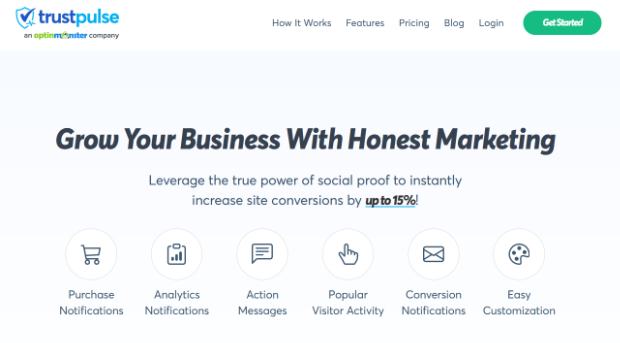
When other website visitors see this message, they’ll get hit with a healthy dose of FOMO, which will encourage them to take action.
Learn more about using FOMO in marketing.
7. Urgency
Urgency is another useful marketing tactic that plays in human psychology. Urgent situations make us want to act. Urgency is also related to FOMO, described earlier.
Urgency only works if you’re marketing something useful, valuable, or important. Otherwise, people won’t want it.
Tips for using urgency in marketing include:
- Don’t overuse it, or it loses impact
- As well as FOMO, you can use language to evoke time, speed, scarcity, and a sale
- Use active and urgent language in your CTA, like “book now”
- Repeat urgent language in the email subject lines and preheader text
Some of the techniques cited for FOMO above also work for evoking urgency.
You can easily show that something’s urgent by using OptinMonster’s countdown timer functionality. This will give visitors a visible reminder that an offer is due to expire.
Learn more about boosting conversion rate with urgency.
8. Geomarketing
We said earlier that it’s important to make content relevant to your customers. Geomarketing is a great way to do that. Geomarketing lets you deliver content and messages tailored to your audience’s location.
It can also help you:
- Improve your content’s position in local search results
- Be more visible to mobile device users (and social media users, many of whom use mobile devices)
- Create hyper-targeted content
Another important part of geotargeted content marketing is local SEO content optimization. This includes using schema markup and the creation of local landing pages.
You can use OptinMonster’s geolocation feature to target campaigns by location. IMSource got a 6500% increase in conversions by doing this.
Learn more about using OptinMonster to geotarget your content in this guide.
The Best Types of Content to Wow Your Audience
If you want to get more from your content strategy, achieving real results that boost leads and sales, then you’ll need to use the right types of content.
Not all content types appeal to all visitors, so you need to mix it up a bit.
In this section, we’ll look at some winning content formats. Blog posts are obviously key, as mentioned earlier, but here are some more types of content you can use.
Case Studies
If you want to win new business, then consider creating customer case studies. They’re pretty effective, and we should know.
Case studies let you:
- Highlight the benefits of your product or service
- Create content specific to a niche you want to target
- Build trust with potential customers
- Show your advantage over your competitors
Plus, you can build an even better relationship with the customers you feature.
Learn more about creating case studies in our guide.
Ebooks
Looking for a quick lead magnet? An ebook could be just the ticket. HubSpot’s most popular lead magnet got 12,000 shares in a year.
If you’re going to succeed with ebooks, you’ll need:
- Content that meets readers’ needs and has a specific purpose
- An outline that puts content in a logical order
- Delivery in a format that your audience wants, such as PDF or Kindle
- Rich, well-researched and well-written content
Learn some of the mistakes to avoid when writing an ebook.
Videos
You can’t get away from it. Video is one of the hottest content formats around. It’s not just that most people (including millennials) watch videos; it’s also that video’s proven to generate leads and help make sales.
That’s what the latest video content marketing stats say. Those who use video marketing get 66% more leads a year, says Aberdeen Group. And according to Wyzowl, 81% of those using video saw an increase in sales. You can see more stats on video marketing in our recent roundup.
You can create many types of videos, including explainer videos, product or service showcases, and even tutorials. And you can create a video easily with just a mobile device and a YouTube account, so it’s not hard to get started.
Once you get the hang of it, go live, as live video is becoming even more popular.
Webinars
Webinars are another proven lead generation tool. According to ReadyTalk, up to 40% of those who attend webinars can become qualified leads.
Up to 5% could make a purchase, says the Branded Solopreneur. And some people have earned millions by hosting webinars.
Those numbers make the case for using webinars as a form of content marketing. To get started, create a presentation you can show, and get ready to have a brief Q&A afterward. You’ll need a webinar signup landing page, and a tool like Zoom to let you host the webinar.
Learn more about webinar marketing in our guide. And check out some more useful content formats here.
How to Measure Content Marketing ROI
Believe it or not, many marketers don’t know what an effective content marketing program looks like, says the CMI.
So, in this section, we’re going to look at content marketing ROI. Content marketing ROI is about how much you earn from content marketing compared with the amount you spend.
To work out this figure, track:
- The amount you spend on content creation
- What you spend on content distribution
- What you earn
Then use this formula from Convince and Convert to work out ROI:
Return minus investment, divided by investment, expressed as a percentage
So if you spend $5000 on creating a piece of content, and get leads worth $20000, then your ROI is 300%:
- $20000-$5000 = $15000
- $15000/$5000 = 3
- 3 x 100% = 300%
If you earn more in sales than you spend on content production and distribution, then it’s worth it.
But as we know, measuring content marketing success isn’t just about money. Some of the other areas to pay attention to include:
- Whether your content is generating leads. If people are responding and contacting you, then you have the prospect of making sales eventually.
- If your content is generating sales, which you can measure in Google Analytics and your eCommerce platform
- Traffic and onsite engagement
- Social media success
- SEO, and getting better content positions in SERPs
- Prominence and authority, both online and offline
Learn more in our guide to measuring content marketing ROI.
Content Marketing Tools
According to the CMI, 92% of marketers need help with content marketing, as only 8% of marketers feel they’re doing a great job. But use the right tools, and everyone can get better results. In this section, we’re going to look at tools to help you market more successfully with content.
1. OptinMonster
OptinMonster’s marketing software can help you get more subscribers by showing campaigns at the right time so more of your visitors take action. It includes multiple integrations with your favorite CRM, email marketing, and web and eCommerce platforms.
Learn more about OptinMonster’s solutions here.
2. MonsterInsights
MonsterInsights gives you an easy way to keep track of your blog and web traffic from the WordPress dashboard. When you know your metrics, it’s easy to see if your strategy is working, so you can change it if you need to.
3. WPForms
WPForms gives you the chance to design your own forms, polls, and surveys to really get to know your customers. And it integrates with OptinMonster, too.
4. BuzzSumo
BuzzSumo is one of our favorite tools for tracking social shares and trending content online. It’s useful for influencer marketing and headline inspiration, too.
5. Feedly
Feedly is an excellent tool for tracking sites and topics you want to follow. It lets you stay up to date, so you can always add new stuff to your content calendar.
6. Headline Analyzer
Want to write great headlines? Use CoSchedule’s Headline Analyzer. It’s another favorite for the OptinMonster marketing team. It helps you determine whether your headline is hot – or not!
7. Constant Contact
With email automation, autoresponders, and other killer features, Constant Contact is a great place to get started with email marketing. Plus, world-class customer support!
8. OpenSiteExplorer
OpenSiteExplorer, by Moz, tracks page authority and domain authority for sites. This can be useful for guest blogging and other content marketing outreach.
9. SEMrush
SEMrush‘s content audit tools help you conduct an audit of your site content so you can see which pieces perform better, what should be optimized, and what needs to be removed.
See more content marketing tools here.
Visual Content Creation Tools
If you really want to ramp up content visibility, you have to go visual.
Content with images gets more views and more shares, according to research. And, as we’ve seen, all ages love video, which will represent 82% of online traffic by 2021.
Here are some visual content creation tools to help you make the most of this trend.
1. Animaker
Animaker lets you create an animated video without having to pay through the nose. It includes a range of video types, and you can even create infographic videos.
2. Canva
One of our favorite image creation tools is Canva. It’s ridiculously easy to make a blog post header, social media graphic, or even an ebook cover.
3. Easel.ly
Infographics are another popular content format. You can quickly create one with Easel.ly. With built-in templates and the ability to add images and charts, you can have an appealing infographic in a few minutes.
4. Giphy
If you’re using any sort of messaging platform with GIFs, chances are you’ve already used Giphy. But you can also use its online GIF creator to make your own.
5. Meme Generator
Want to create a meme quickly? Try Meme Generator. Search for an image, add your text, and share – it doesn’t get much simpler than that.
6. Pixlr
If you need to edit your images, then Pixlr is a good bet. It comes in three flavors, depending on how much you want to do, Pixlr Express is a good middle ground with easy-to-use editing tools and some filters.
7. Prezi
These days, presentation software goes way beyond PowerPoint. One example of that is Prezi, which makes it super easy for non-designers to make stunning presentations. And you can get viewing stats, too.
8. Soapbox
If you use Chrome, then consider Wistia’s Soapbox extension. It lets you quickly create and share videos right from the browser.
See our roundup for more visual content creation tools.
Content Promotion Tools
A key part of getting ROI on content marketing is promoting your content. Here are some tools to help you to do that.
1. Missinglettr
As we said earlier, Missinglettr is one of our favorite tools. Just plug in your blog’s URL, then it automatically creates a sharing campaign for your content whenever you publish new content. It works on multiple social media platforms.
2. Social Warfare
SocialWarfare is one of our favorite WordPress social media plugins. It makes it easy for you to let your audience promote your work.
3. Sprout Social
Sprout Social combines social listening with publishing. This means you can keep track of conversations related to your niche, and use that information to share relevant content.
4. Tailwind
Tailwind lets you schedule and share content on Pinterest and Instagram. You can also monitor content performance with its built-in analytics.
5. Zapier
Zapier is a great marketing automation tool. It lets you connect multiple services together, so you can easily cross-post content. And it integrates with OptinMonster, letting you connect our marketing campaign software to almost any web service.
Paid Content Promotion Tools
You can use the tools listed above for free, but the best content strategy includes a mix of organic and paid promotion.
Social media advertising platforms can help you quickly extend the reach of your content. Organic reach is declining, so these days, you have to pay to play. See these links to find out how to promote your content on Facebook, Instagram, YouTube, LinkedIn, Twitter, LinkedIn, and Pinterest.
You can also use display ads from Google AdWords, using plain text, images, videos, and more.
And you can use a tool like Outbrain to show your content on other people’s sites.
Get more content promotion tools here.
Content Marketing Examples
It’s not always easy to keep those content marketing ideas flowing. In this section, we provide some examples of content marketing to inspire you.
HubSpot
If you’re looking for a great example of content marketing, HubSpot is a good starting point. The company uses content marketing by:
- Writing detailed blog posts that meet their visitors’ needs
- Uploading Facebook videos and driving traffic to them with LinkedIn
- Using ebooks as lead magnets
GE
General Electric used Instagram for a B2B marketing campaign. The company’s not just about home appliances, but about wind turbines, jet engines, and more.
The Instagram campaign encouraged visitors to explore the company’s manufacturing plants and upload photos to Instagram, tagged with #GEInstaWalk. GE gained 3,000 new followers and got 8 million views
AARP
Not all content marketing happens online. For example, AARP The Magazine connects with 37 million readers and 22 million households via a print publication.
Blendtec
Want to make a seemingly boring business interesting? Think outside the box, uh, blender. That’s what Blendtec did, increasing sales by 700% over three years with its viral Will It Blend? videos.
Charmin
How about some mobile content marketing? Charmin created the Sit or Squat app to tell its customers where to find clean bathrooms. The irreverent app is in keeping with the brand’s personality, and pretty darned useful, too.
See more inspirational content marketing examples here.
Content Marketing Mistakes
One of the best things about a guide like this is it can save you from making disastrous content marketing mistakes. Here are a few our experts wished they hadn’t made.
Heidi Cohen took a while to start her own blog. Even when she did, she took a while to share the content. Her advice: Just do it.
Jeff Bullas regrets not starting to build his email list earlier. That strategy cost him 100,000 subscribers.
Joel Klettke says it’s important to have a content marketing plan, otherwise, you’re wasting your time.
It’s also essential to avoid spammy marketing practices like:
- Not making it clear who’s behind the site by including contact information
- Sending messages to your customers and subscribers that they don’t want
- Buying email lists
And to avoid black hat SEO practices such as:
- Keyword stuffing in content
- Cloaked links and hidden text
- Thin content
That’s it!
Now you know everything and are well-equipped to kick off your first content marketing campaign. We’ll update this content marketing guide so you always have the latest information.
FAQs
Well, we’re nearly at the end of our content marketing guide. But before we go, let’s answer some common questions about content marketing.
What is inbound marketing?
Inbound marketing is any form of marketing where customers find you when they’re ready to get information or make a purchase. It contrasts with outbound marketing, which is where a company sends marketing messages to initiate conversations with customers. For example, a trade show is an example of outbound marketing.
Content marketing is a form of inbound marketing. It’s about using content to get the attention of prospective customers and subscribers before they are ready to subscribe or buy. It’s a way to start building a relationship with them and, in the long run, to turn them into fans and advocates of your business.
What is a content calendar?
A content calendar is a calendar that outlines when you plan to publish content. It allows you to keep track of your content creation workflow, as well as who’s responsible for producing content. Some content calendars are also editorial calendars, including information on the different stages of publication, such as research, writing, editing, and finding images. You can also include social media posts on a content calendar.
Where do I start with content marketing?
A good starting point for any kind of online marketing, including content marketing, is to understand who your audience is. If you know who you’re trying to reach, that makes it easier to determine the type of content, the publishing and sharing platforms, and measuring content marketing ROI. You can learn more about all of these in the earlier part of this guide. Once you know your audience, you can get started by creating and sharing content. A common starting point for content marketing is creating a blog.
How does content marketing build your business?
These days, consumers mostly do their own research. Using content marketing gives you something they can find when they search. Content brings you traffic, educates your customers, and delivers leads and sales.
What are the trends in content marketing?
Content marketing is always changing. The latest trends in content production include using video and live video, and creating more interactive content, such as polls and quizzes.
More on Content Marketing
- How To Create a Successful Content Marketing Strategy
- 29 Impressive Content Marketing Examples You Can Use
- Content Marketing Statistics: Everything You Need To Know
- 14 Kind of Content Formats Proven to Boost Audience Engagement
- Best Content Marketing Tools: 15 Tools You Need To Know
- 15 Content Marketing Metrics To Measure Content Marketing ROI
- 21 Content Marketing Mistakes the Experts Really Regret
- Step-by-Step Beginner’s Guide to Generate Leads with Your Content Marketing

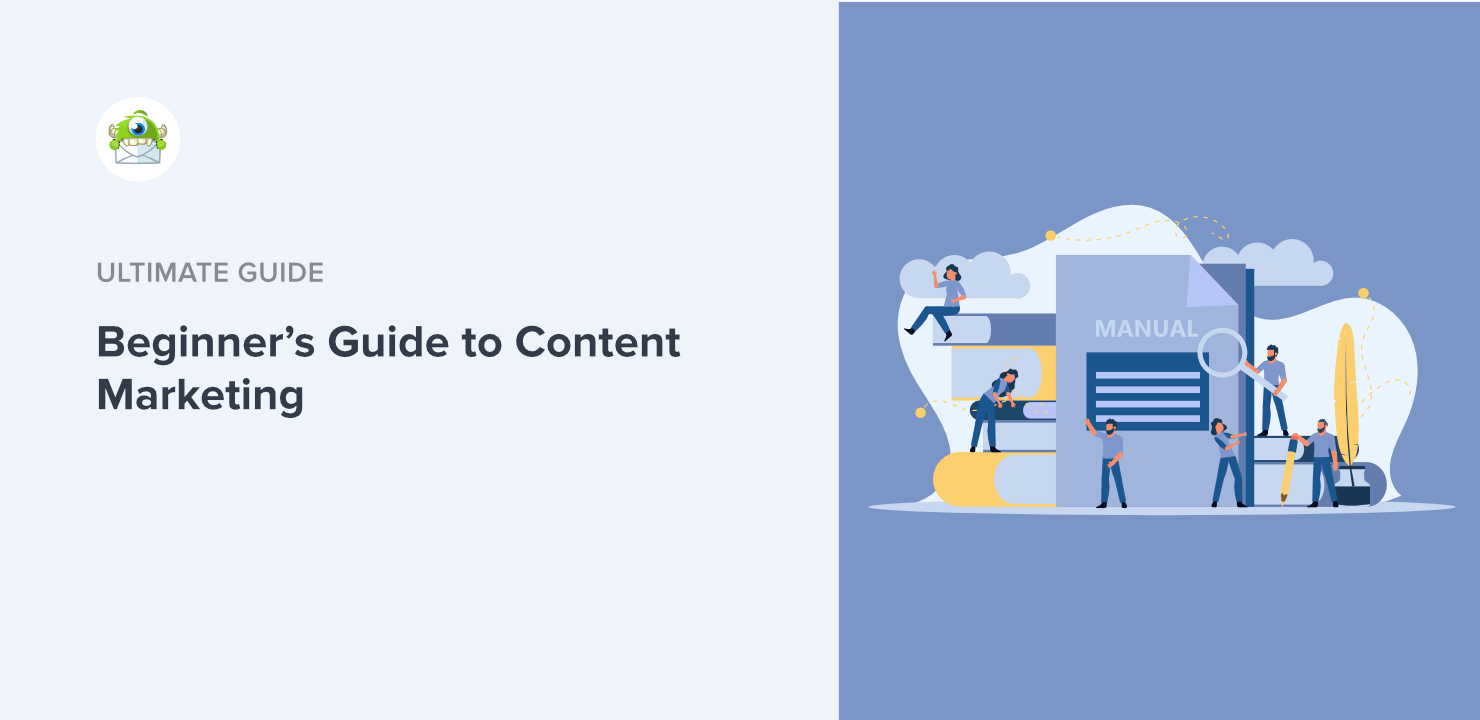
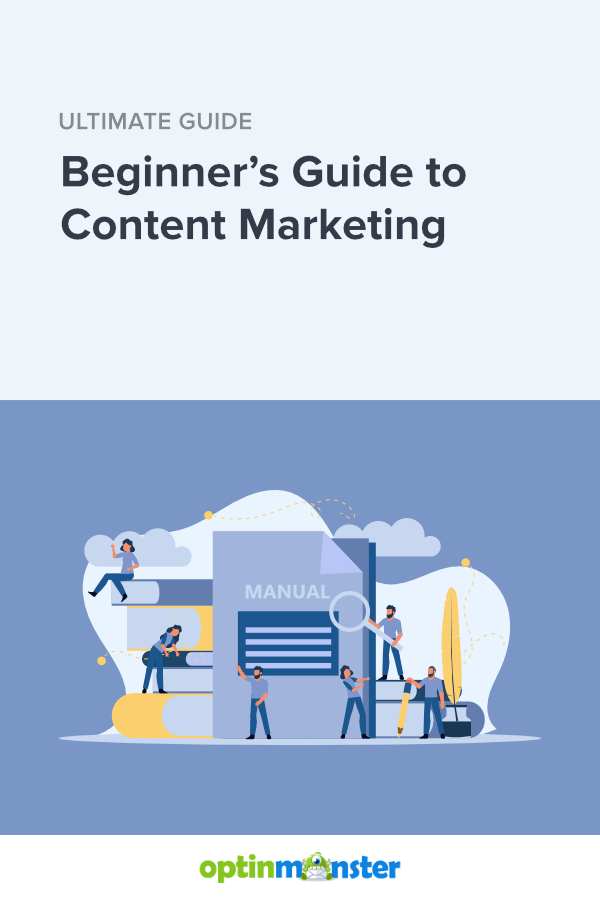
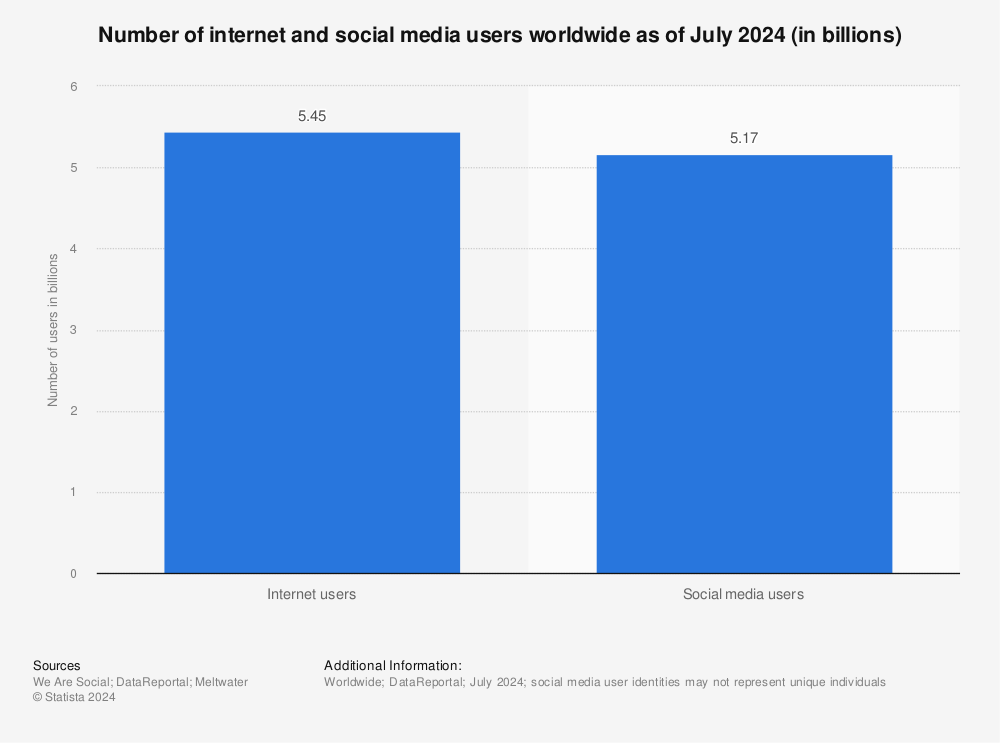
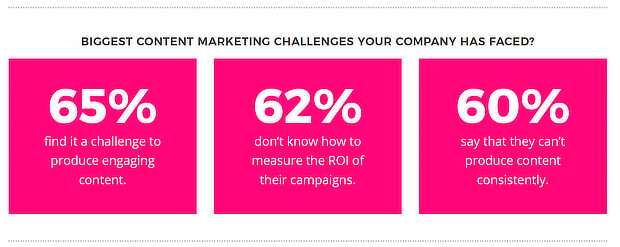

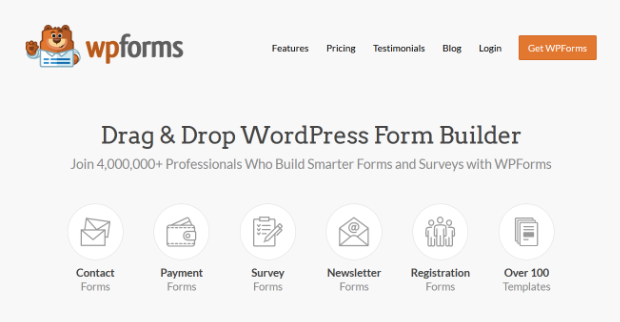
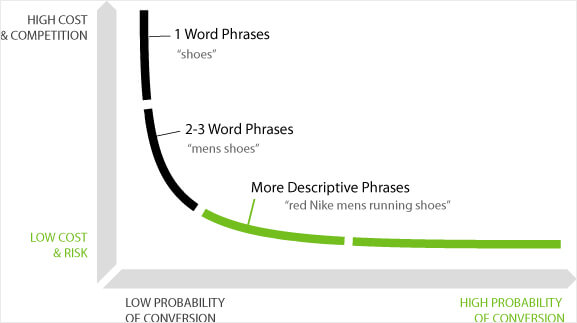

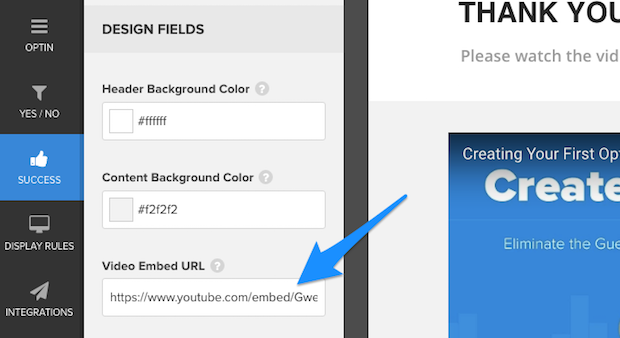
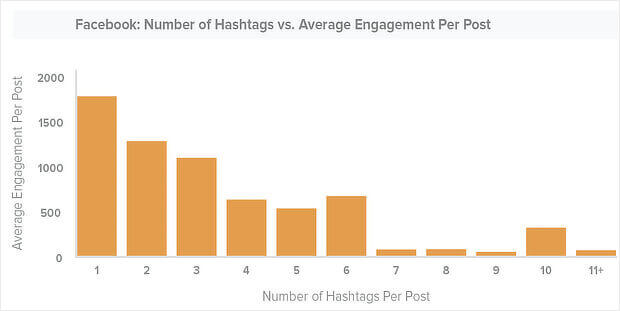
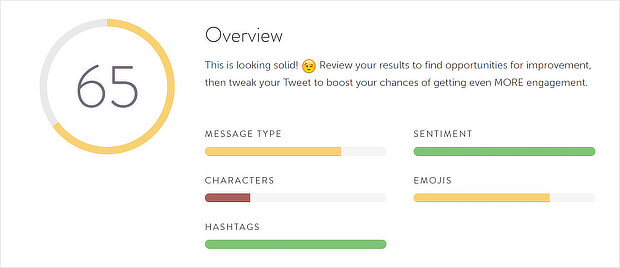
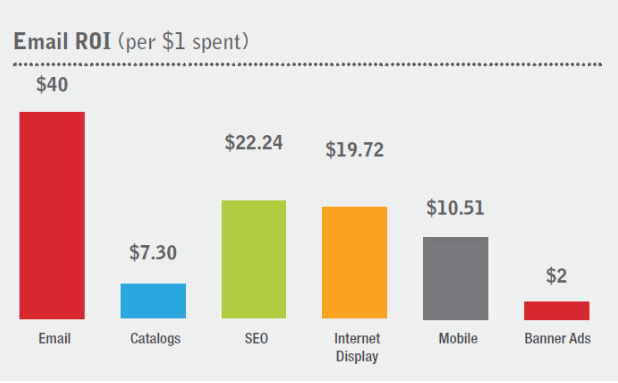

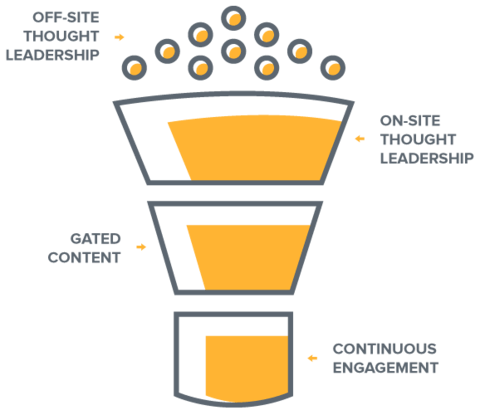
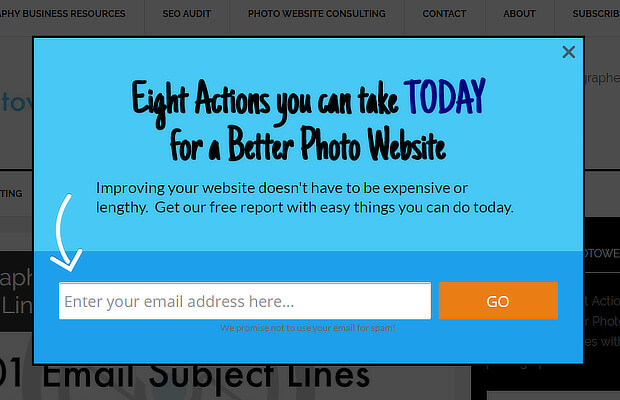
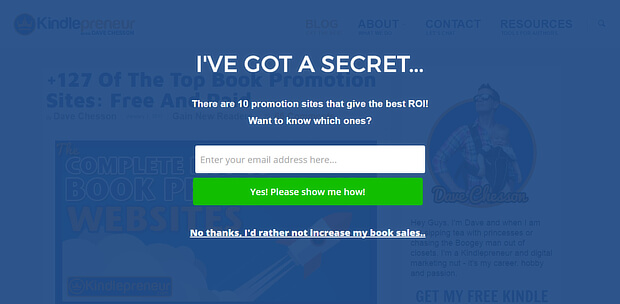


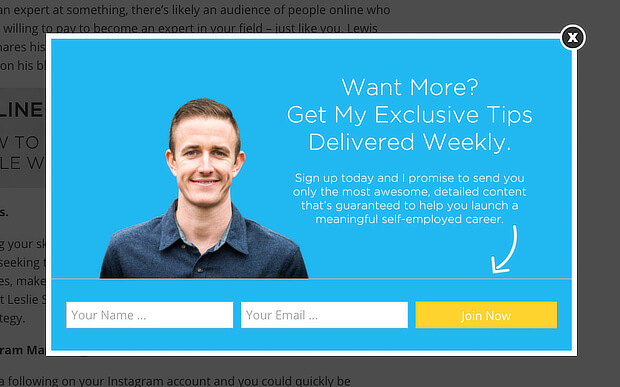



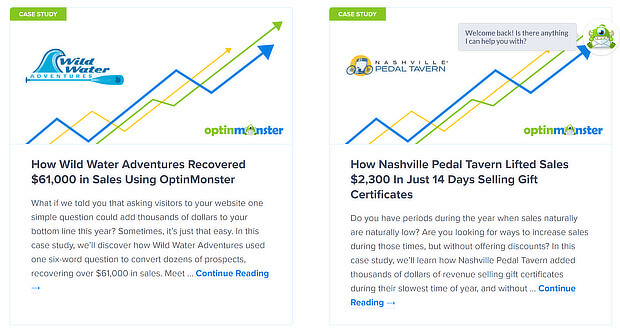
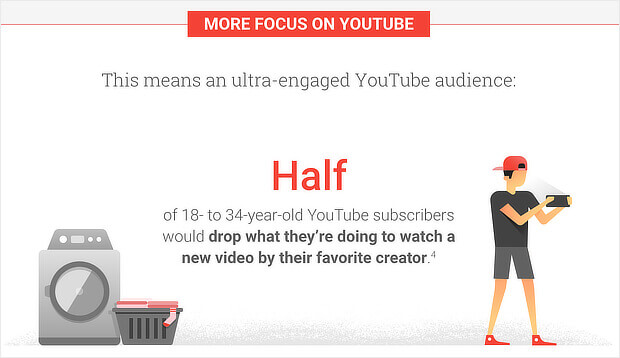
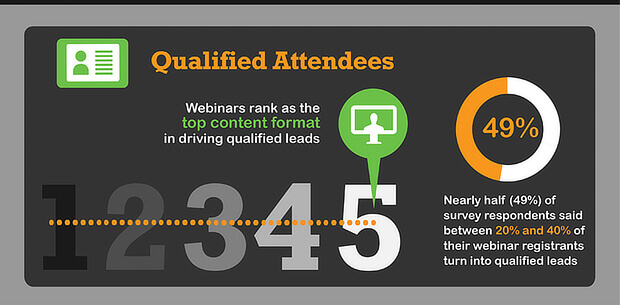

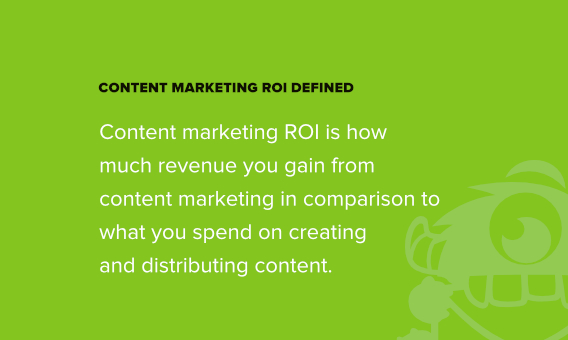
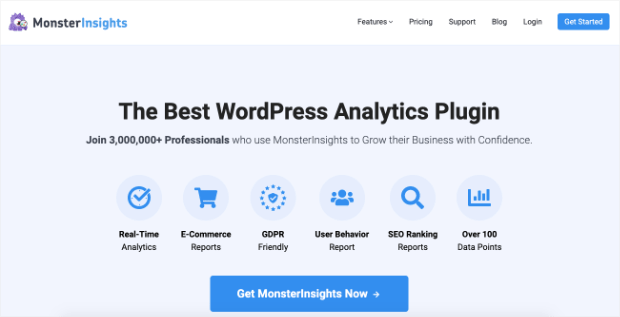
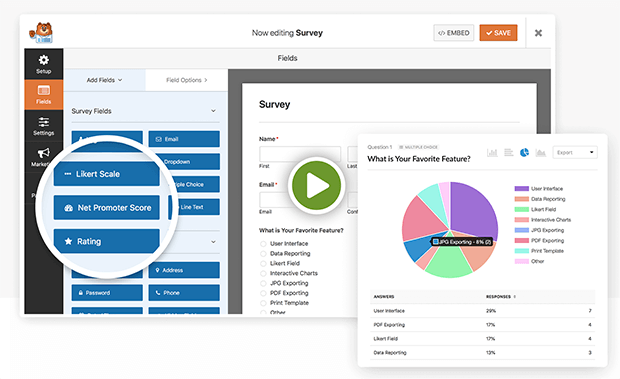
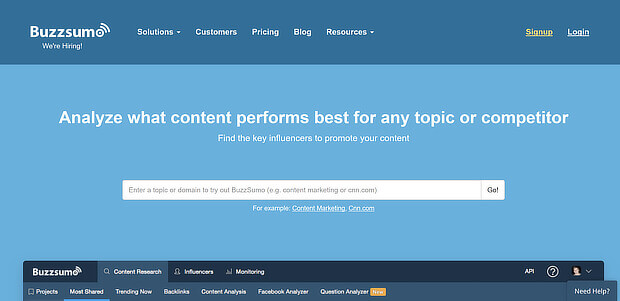
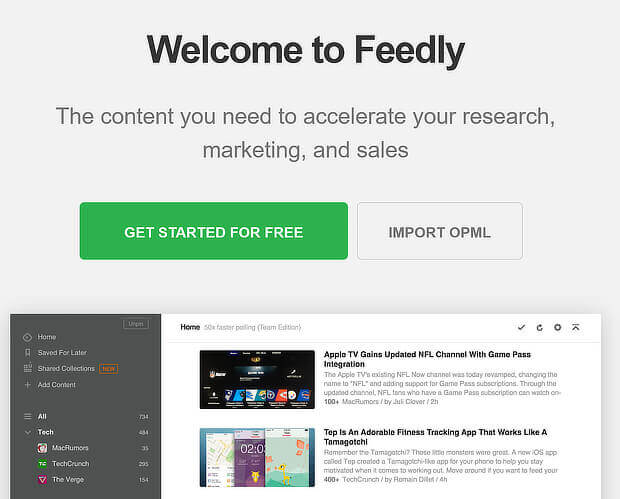
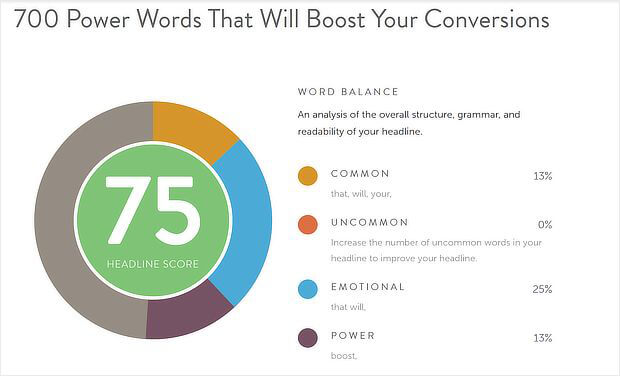
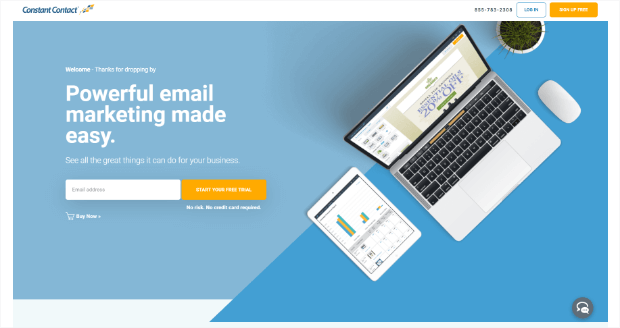


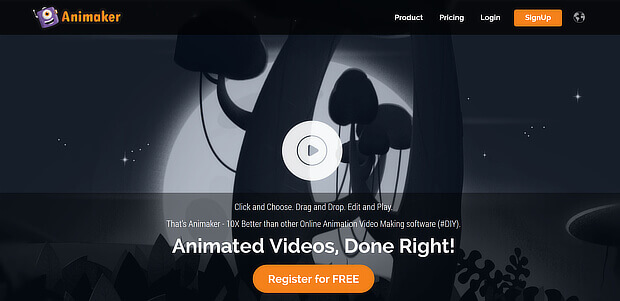

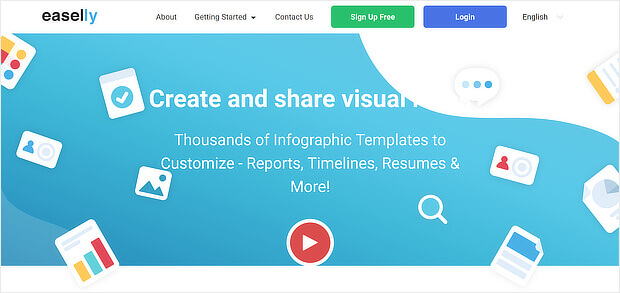
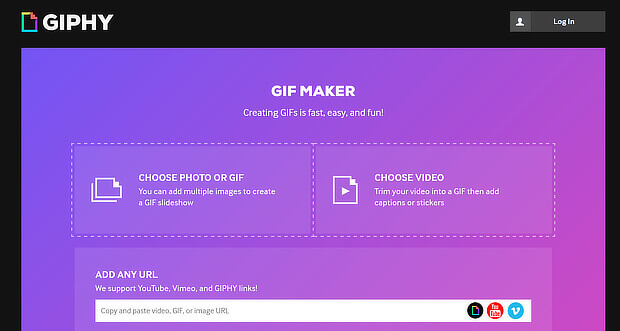
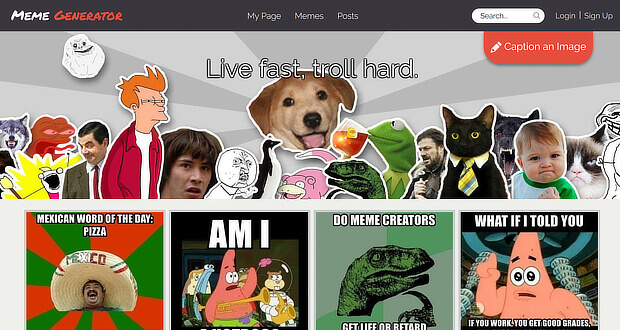
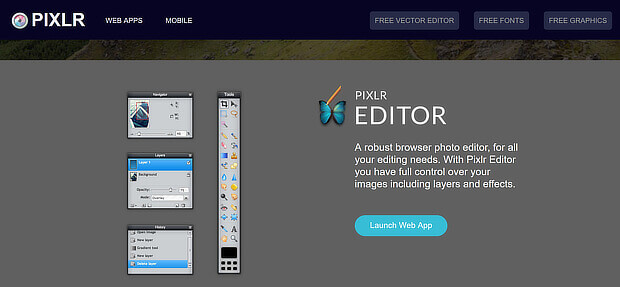
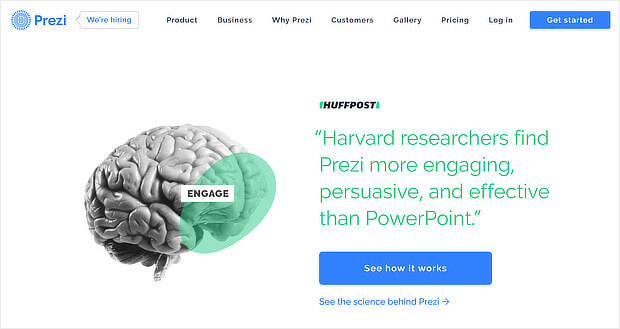
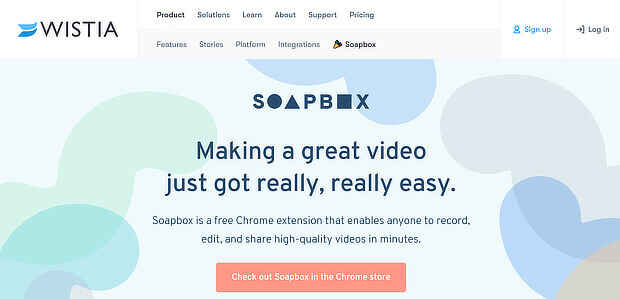
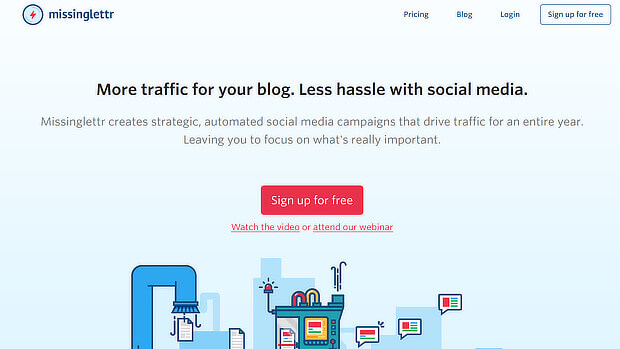

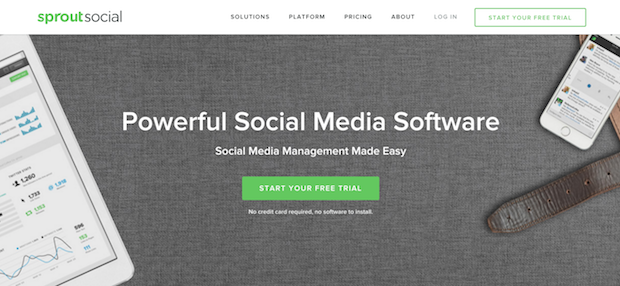
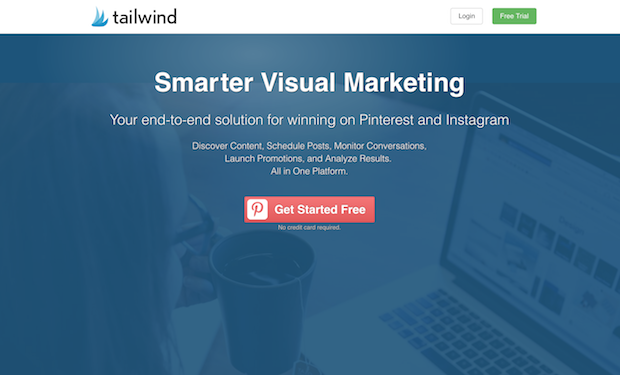
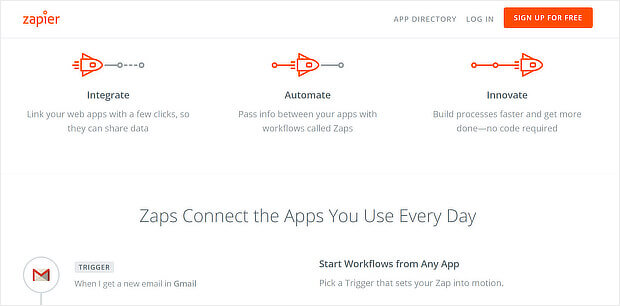
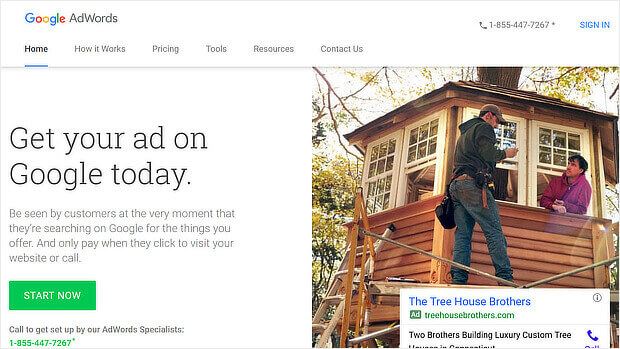



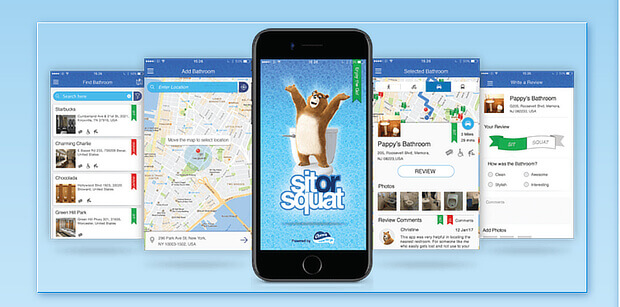
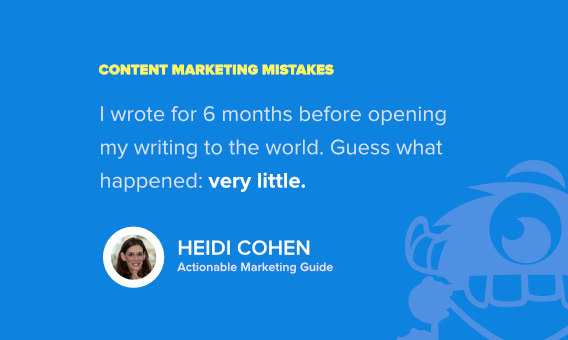
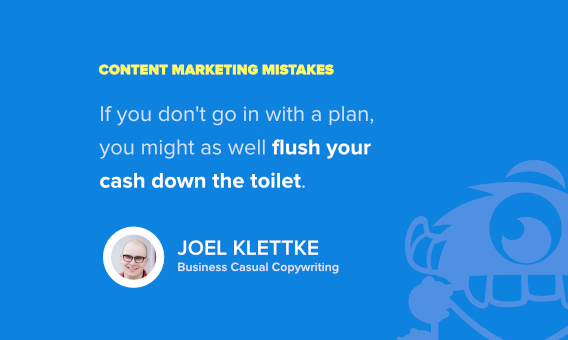








Add a Comment